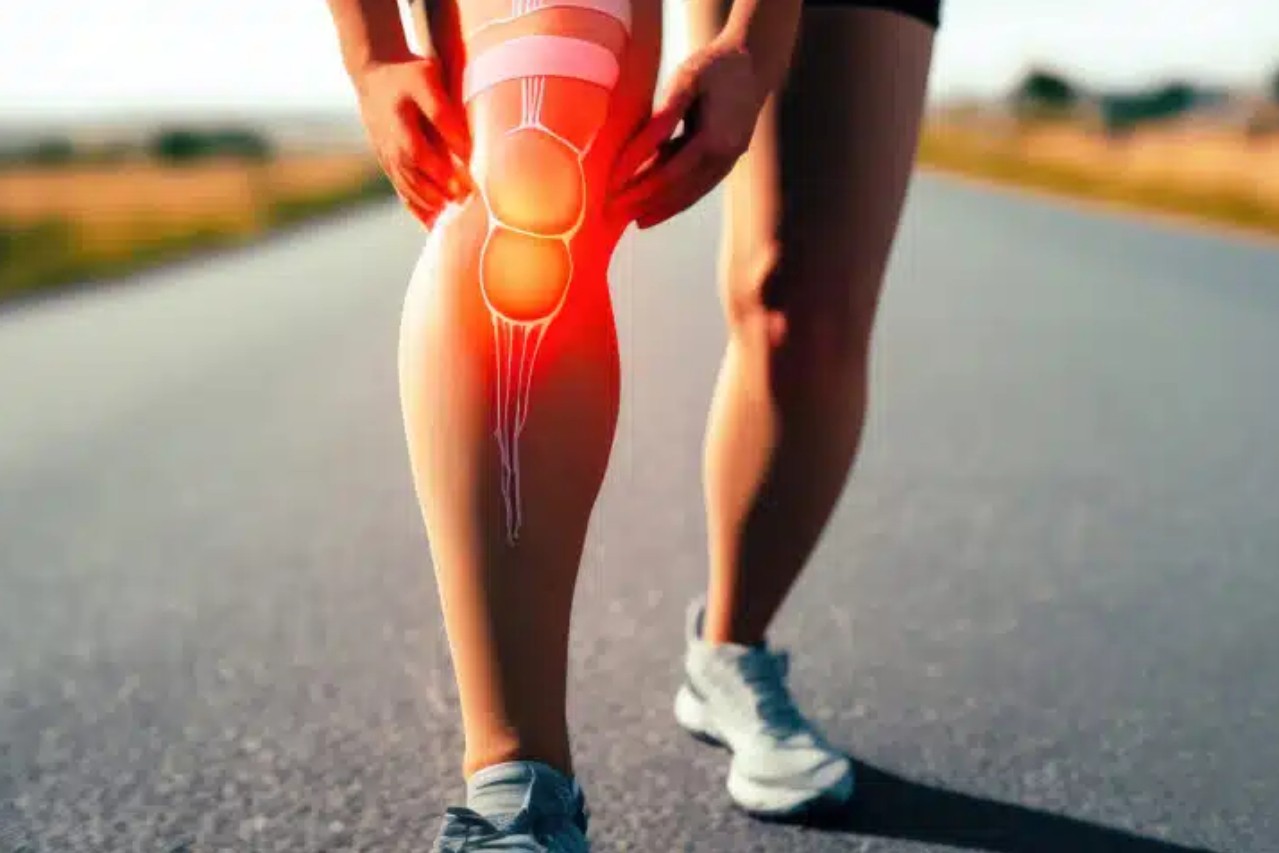Conquering Runner’s Knee: A Rehab Guide for Every Runner
Runner’s knee, clinically known as patellofemoral pain syndrome, is a common ailment among runners. It is characterized by having pain around or behind the kneecap that worsens when walking up or down stairs. While frustrating, this pain does not have to take away your passion for running.
With the right approach to rehabilitation, you can overcome runner’s knee and return to the track stronger than ever. Let’s learn more about this type of knee pain and the most effective rehab strategies that will help get you back on your feet.
Understanding Runner’s Knee
Before diving into rehab techniques, it’s crucial to understand what causes runner’s knee. Typically, it stems from repetitive stress on the knee joint, often due to factors like overuse, improper running form, muscular imbalances or biomechanical issues. Symptoms may include pain around or under the kneecap, especially when running, climbing stairs or sitting for prolonged periods with bent knees.
Rehabilitation Strategies
Runner’s knee can be diagnosed after a thorough examination. Your healthcare provider or sports medicine doctor will put together a treatment plan based on your needs. It is likely to include some or all of the following:
Rest and recovery
The first step in healing from a knee injury is allowing your body time to rest and recover. Take a break from running and high-impact activities to reduce stress on the knee joint. Instead, focus on low-impact exercises like swimming, cycling or using an elliptical machine to maintain cardiovascular fitness without aggravating the injury.
Strengthening exercises
Strengthening the muscles around the knee and hip can help alleviate stress on the knee joint and improve stability. Incorporate exercises such as squats, lunges, clamshells, bridges and leg presses into your routine to target the quadriceps, hamstrings, glutes and hip abductors. Gradually increase the intensity and resistance of these exercises as your strength improves.
Stretching and flexibility
Tight muscles can exacerbate runner’s knee and contribute to poor biomechanics. Focus on stretching the quadriceps, hamstrings, calves and iliotibial (IT) band to improve flexibility and reduce tension around the knee joint. Also, dynamic stretches before your runs and static stretches after your workouts can help enhance mobility and prevent muscle imbalances.
Cross-training
Cross-training allows you to maintain fitness while giving your knees a break from the repetitive stress of running. Experiment with activities like yoga, Pilates, swimming or cycling to improve overall strength, flexibility and cardiovascular endurance.
Gradual return to running
Once you’ve built strength, flexibility and endurance through rehab exercises and cross-training, it’s time to gradually reintroduce running into your routine. Start with short, easy runs on flat surfaces, paying attention to any signs of discomfort or pain. Listen to your body and progress slowly, gradually increasing distance and intensity as tolerated.
Proper running mechanics
Evaluate your running form and technique to identify any biomechanical issues that may contribute to runner’s knee, especially if you’ve experienced symptoms more than once. Work with a running coach, physical therapist or sports doctor to address issues such as overpronation, stride length, cadence and foot strike pattern.
Treatment for Runner’s Knee
Runner’s knee can be a frustrating setback for any runner, but with the right rehab strategies, it’s possible to overcome this common injury and return to running stronger and more resilient than before.
Jersey Rehab specializes in pain management and rehabilitation and sports medicine. We treat a wide range of conditions, including runner’s knee. Schedule an appointment with our team today to learn more about our treatments and therapies and how they can get you back running pain-free again!

